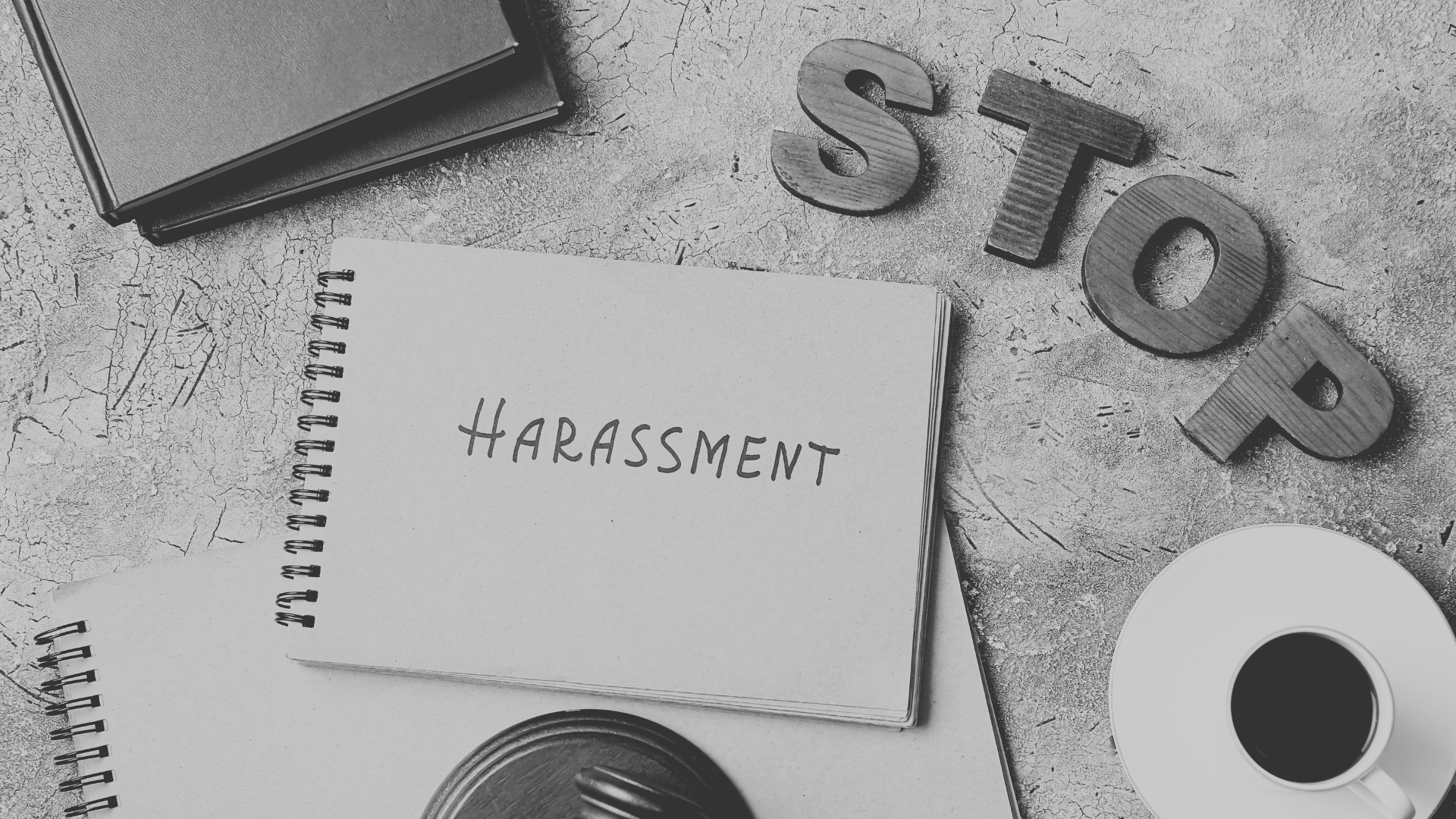
Referring to a mixed-gender team as “lads” can amount to harassment, even where no offence was intended.
Referring to a mixed-gender team as “lads” can amount to harassment, even where no offence was intended.
The EAT has provided guidance for employers on what amounts to taking ‘all reasonable steps’ to preventing harassment at work.
Despite the decision, there’s no impact on the employment law protections for transgender individuals.
A mum was discriminated against on the grounds of sex after her boss accused her of ‘skiving’ while looking after her children.
A teacher awarded £60,000 in compensation for disability discrimination and unfair dismissal.
A tribunal has awarded over £20,000 after colleagues gossiped about flexible working arrangement.





Recent Comments